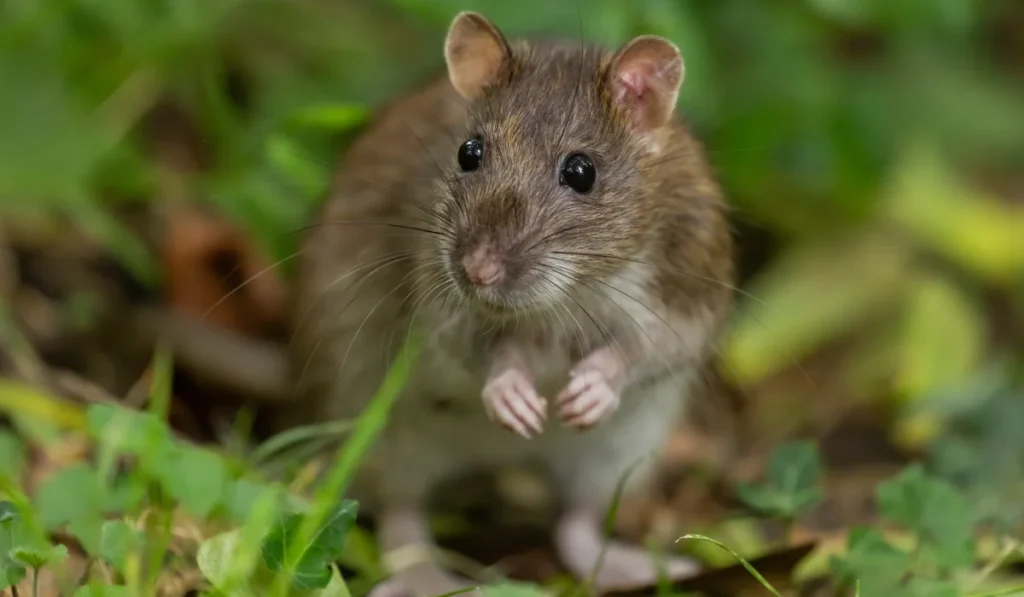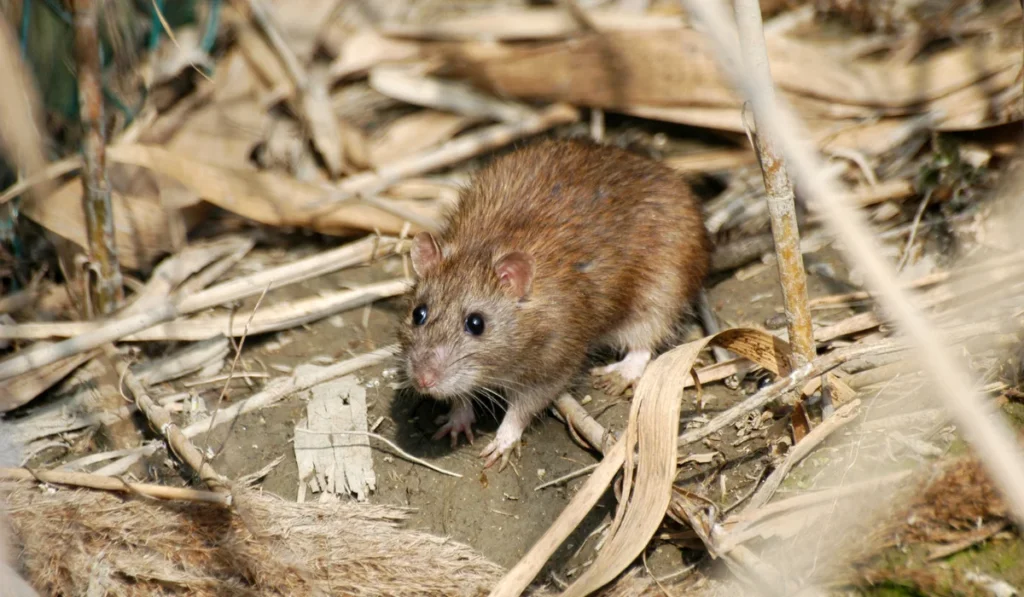
Rats cause real problems for Dallas homes. They chew drywall and wires, leave droppings, and can spread leptospirosis, hantavirus, and rat-bite fever. Many people hear noises in crawl spaces or attics before they ever see a rat. Knowing which rat you have helps you act fast, and calling a trusted rat exterminator & rodent control in Dallas, TX, can stop the problem before it spreads.
Two species cause most home infestations here: Norway rats and roof rats. Both thrive in our warm weather, steady food sources, and a mix of old and new construction. Neighborhoods from Lake Highlands to Southlake may see different patterns based on landscaping, entry gaps, and outdoor food, like pet bowls or open trash.
This guide explains which rats are most common in Dallas, how to tell them apart, and the signs to look for. We also cover why control matters and how Forterra can help protect your home.
Across Dallas, two main species cause most infestations: Norway rats and roof rats.
Norway rats stay low near basements, crawl spaces, and cluttered storage. Roof rats travel high along fences, trees, and rooflines, then nest in attics, garages, or soffits.
Each leaves clues like burrows, rub marks, and scratching sounds.
Both species reproduce quickly, and rat infestations in Dallas can spread through a home faster than most homeowners expect.
If you suspect rat activity, a professional exterminator can identify the species and remove it safely.

Norway rats are common across Dallas-Fort Worth and stay close to the ground. They squeeze under garage doors, through broken weep holes, and into crawl spaces.
How to identify them:
Why they’re a problem:
If you see burrows or hear movement at ground level, our team at Forterra Pest Control can confirm Norway rat activity and build a treatment plan.

Roof rats are common in areas with mature trees, including Lakewood, Richardson, and Southlake. They climb fences, branches, and vines to reach roofs and move into attics, garages, soffits, and wall voids.
How to identify them:
Why they’re a problem:
If you hear scratching in the attic or see rats using fence lines, Forterra can check for roof rat activity and provide a free quote.
Knowing the species guides the best removal plan. Roof rats and Norway rats nest in different places, so their signs differ. House mice also show up in North Texas. They are smaller, and people sometimes mistake them for roof rats.
Roof rats leave droppings in high spots near boxes or insulation and may smear rub marks on rafters or wires. Norway rats leave larger floor-level droppings and hide behind appliances. Outside, Norway rats dig burrows in the soil. Roof rats nest in shrubs and climb structures.
Pay attention to these clues:
Most homeowners don’t need to identify the rat species themselves. A proper inspection shows exactly where rodents are entering and what type of rat problem you’re facing. House mice, though smaller, require prompt action since they spread contamination quickly.
At Forterra Pest Control, our team handles both species and provides exclusion to seal entry points so rats can’t return.
Rats spread diseases through their feces, urine, nesting materials, and the fleas they carry. In North Texas, the main concerns include leptospirosis, hantavirus, and rat-bite fever. These issues grow worse when rodent problems go untreated.
Both species leave germy droppings along baseboards, in cabinets, and on insulation. Many homeowners focus on preventing rat poop in their Dallas yards and gardens to reduce outdoor contamination. They also carry fleas and mites that bite people and pets. Quick control helps Dallas homeowners stay safe.
If you see droppings, hear wall movement, or smell a musky odor, the infestation may be active. Call a licensed pest pro for a full inspection. We provide fast inspections and treatments as part of our professional pest control services that help protect your family.
Rats can quickly turn a quiet home into a stressful one. Even a minor infestation can lead to noise, damage, and health concerns if left unchecked. Once you identify the rat species, focus on prevention: seal food sources, trim vegetation, and seal small gaps around your home.
At Forterra Pest Control, we offer tailored rat removal and prevention for homes across Dallas-Fort Worth, helping residents stop infestations before they grow.
Contact us today to schedule an inspection or get expert help protecting your home.
Dallas mainly sees Norway rats and roof rats. These two rat species account for nearly all rodent infestations in North Texas homes.
Roof rats nest in high places, such as attics, and have pointed droppings. Norway rats stay low, leave burrows outside, and have blunt noses with larger bodies.
Clean the area while wearing gloves and call a pest control company for a full inspection. Droppings often indicate that rats are nesting nearby, and early treatment prevents further damage.
